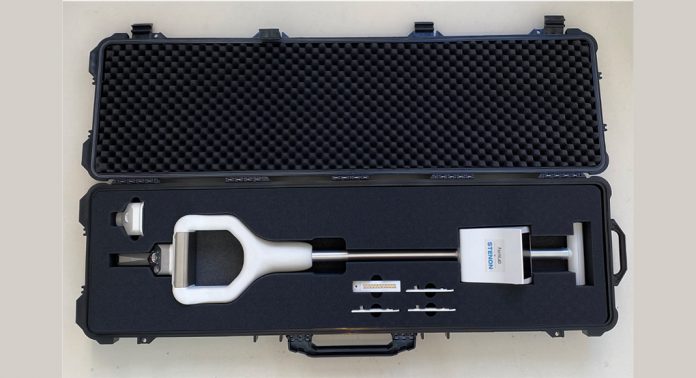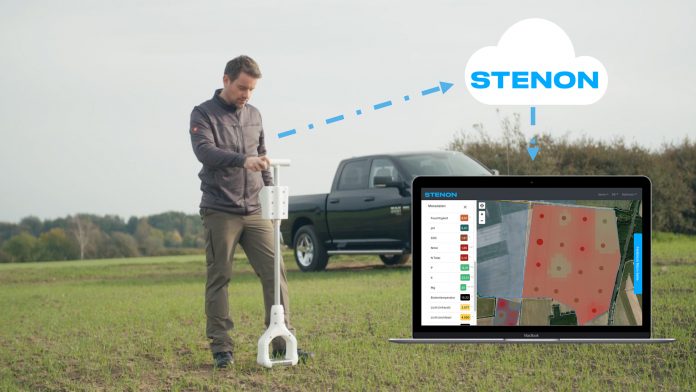Dominic Roth, Co-Founder and CEO of Stenon GmbH, speaks to The Innovation Platform about his company’s new and revolutionary sensor technology for soil analysis.

New sensor technology from Stenon enables soil analysis to be conducted as often as required and with immediate results and with laboratory precision. Instant access to soil data will also help growers optimise their soil health and overall cultivation.
The company’s founder and CEO, Dominic Roth, spoke to The Innovation Platform about the technology and what he hopes it will go on to achieve.
Why is it important for farmers to analyse their soil? What are they looking for, and how can Farmlab help?
Soil is the foundation of crop production, and it is critically important to have a good understanding of it to make the right decisions when it comes to cultivation. Generally, there is a huge benefit in having data for nutrient availability and spatial distribution of nutrients but also factors like soil types, organic carbon, pH, temperature, moisture, etc.
Today, the only option available to growers is to gather this information through laboratory-based soil analysis, which has a lot of disadvantages throughout, from the needed extraction process to the need for shipment in a temperature-controlled environment, the cost, and the economically-reasonable resolution of the sampling.
Our technology is bringing the power of a laboratory directly onto the field and into the hands of our users. The analysis can now be carried out in seconds and without extraction, which not only takes the waiting time out of the process but also allows immediate actions on the field. Additionally, it is possible to add software services to the sampling by visualisation, data management, field management, fertilisation map creation, and more.
What were the most significant technological challenges involved in developing the new sensor?
It is incredibly challenging to create a scientifically proven real-time soil measurement based on the complexity and heterogeneity of soil. Our ambition here was to not only give indications to our customers, in the same way as competing technologies on the market do, but to really provide an accuracy level on a par with that found in a laboratory, which we have been able to achieve.
The technology is based on a sensor fusion principle in combination with machine learning, which allows us to reach this output quality level. But it is not only technological challenges that need to be solved. We want to make our technology as practical as possible and integrate it perfectly into the workflows of growers to generate the biggest possible benefit. We have been working with many growers since the inception of the company to ensure this, and we still put our customers at the centre in every development decision.

What are the biggest benefits for farmers?
One of the biggest benefits comes down to immediate data availability which creates a lot of upside for growers. Having the most important information for crop production directly on the field to be able to take action creates major benefits.
Another benefit is in the flexible sampling grid. Since the measurements can be done in seconds, it makes sense to choose a much more granular grid compared to the usual composite sample. This means that fertilisation can be optimised due to being much more area specific. On a study basis, yield can also be increased through this, while at the same time saving money on fertiliser.
Being able to track the data over time per measurement location is also a big benefit. This means that how the soil is developing – e.g. is the carbon storage increasing, which has direct implications on soil health and climate resistance – can be monitored.
Among other agronomic benefits, we have also found that many of our members value the independence that our solution offers. A very recent example of this is the COVID-19 pandemic – if laboratories need to be closed, then no laboratory analyses can be carried out. If, however, you are independent from that infrastructure, then your data basis for decision making remains available…

